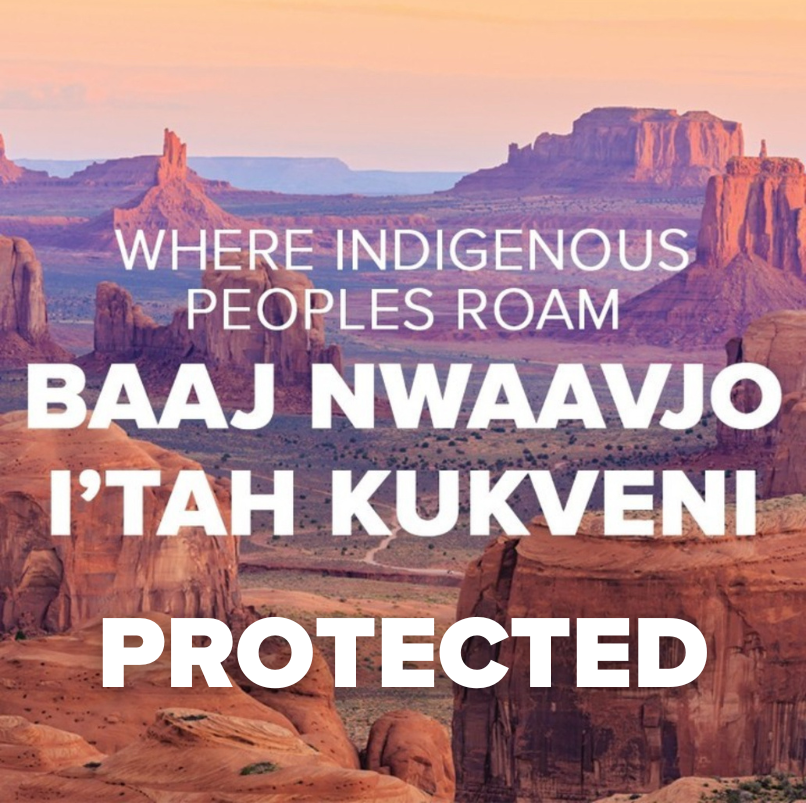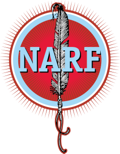
On January 27, 2025, the U.S. District Court for the District of Arizona dismissed two consolidated cases filed against the 2023 Baaj Nwaavjo I’tah Kukveni – Ancestral Footprints of the Grand Canyon National Monument designation. Tribal Nations in the region, including NARF’s clients, the Havasupai and Hopi, celebrated the court’s decision, which maintains protections for a culturally significant region that was taken from Tribal Nations.
“The designation of Baaj Nwaavjo as a national monument was the result of tireless advocacy by the Havasupai Tribe and our members. We fought for decades to protect these lands, and we are grateful that the court has dismissed the challenge to those hard-won protections,” said Havasupai Tribe Chairwoman Bernadine Jones.
“The protection of our homelands within Ancestral Footprints represents our people’s resilience. These lands preserve our history, our life, and our future. We have lived in this region since time immemorial and our commitment to protect these lands will extend forward just as long,” said Hopi Tribe Vice Chairman Craig Andrews.
“The Tribal Nations in the Grand Canyon region have had to fight incredibly hard for protections in the Baaj Nwaavjo I’tah Kukveni region. Again and again, Tribal cultural needs and even the health of Native American people in the region have been sidelined in order to maximize corporate profits. Today’s decision cannot undo the damage that already has been done, but it leaves in place some long-sought protections going forward,” said NARF Deputy Director Matthew Campbell.
The National Monument protects thousands of historic and scientific objects, sacred places, vital water sources, and the ancestral homelands of many Indigenous Peoples. Baaj Nwaavjo I’tah Kukveni lands include cultural and sacred places of the Havasupai Tribe, Hopi Tribe, Hualapai Tribe, Kaibab Band of Paiute Indians, Las Vegas Paiute Tribe, Moapa Band of Paiutes, Paiute Indian Tribe of Utah, Navajo Nation, San Juan Southern Paiute Tribe, Yavapai-Apache Nation, Pueblo of Zuni, and the Colorado River Indian Tribes. The Monument receives its name from the Indigenous names given to the area by the Havasupai and Hopi. Baaj nwaavjo (BAAHJ – NUH-WAAHV-JOH) means “where Indigenous peoples roam” in the Havasupai language, and i’tah kukveni (EE-TAH – KOOK-VENNY) means “our ancestral footprints” in the Hopi language.
Learn More: Arizona Legislature v. Biden
More blog posts

